Oldest Supermassive Black hole
Oldest Supermassive Black hole
This is another very first quest by astronomers. They were looking for the oldest supermassive black hole in a galaxy far, far away. What they had to look for was signs of a quasar.
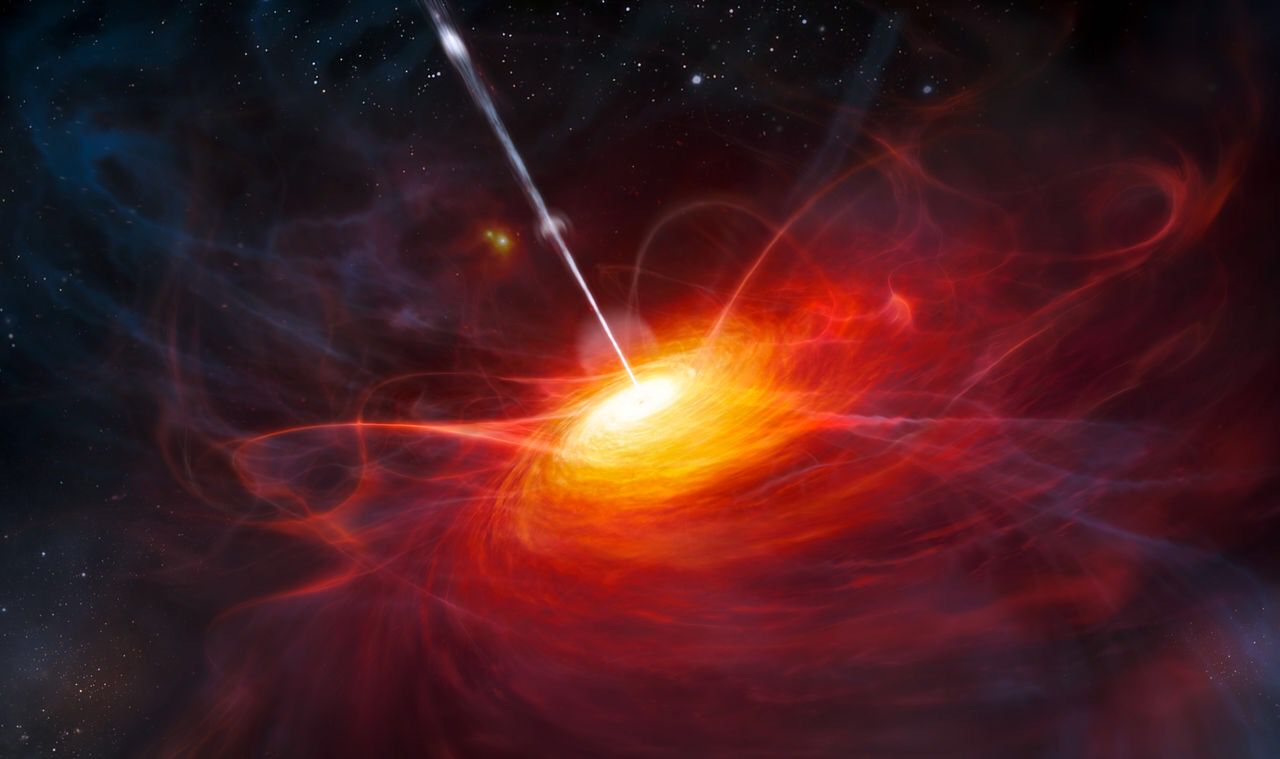
It turns out that when galaxies first form around a supermassive black hole, their black hole eats too much from its accretion disc and belches out these huge powerful energy beams from its poles, which are called quasars. These very bright beacons are indication of an active galactic nucleus. Our galaxy started out like that, but has since calmed down in its older age.
Quasars emit very powerful energy across the electromagnetic spectrum. They can be observed in infrared, ultraviolet and X-ray. They can also blast out volumes of space where nothing exists. These are considered holes in space where the pressure of the quasar blasts everything in its path.
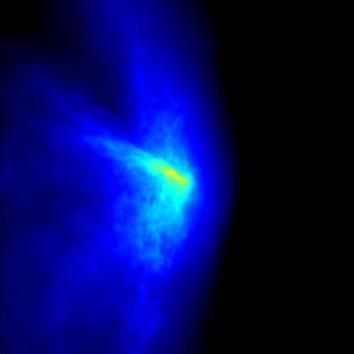
Well, they found one of these early gas guzzling supermassive black holes. It's designated J1342+0928, and it's believed to have formed just 690 million years after the Big Bang. This is the epoch of reionization when the universe emerged from the so-called Dark ages, a period when there were no light sources as yet and it was only after the universe formed plasma that it became transparent. This was assumed to occur from about 500 million to a billion years after the Big Bang.
These quasar objects are very rare. They've only found 100 of these very energetic objects. The problem for astronomers is that the light from these distant objects has been shifted into the far-red part of the spectrum. However, the supermassive black hole powering this quasar is very large, approximately 800 million times the mass of our sun. That makes it a mystery. How could it have had enough time to get that big?
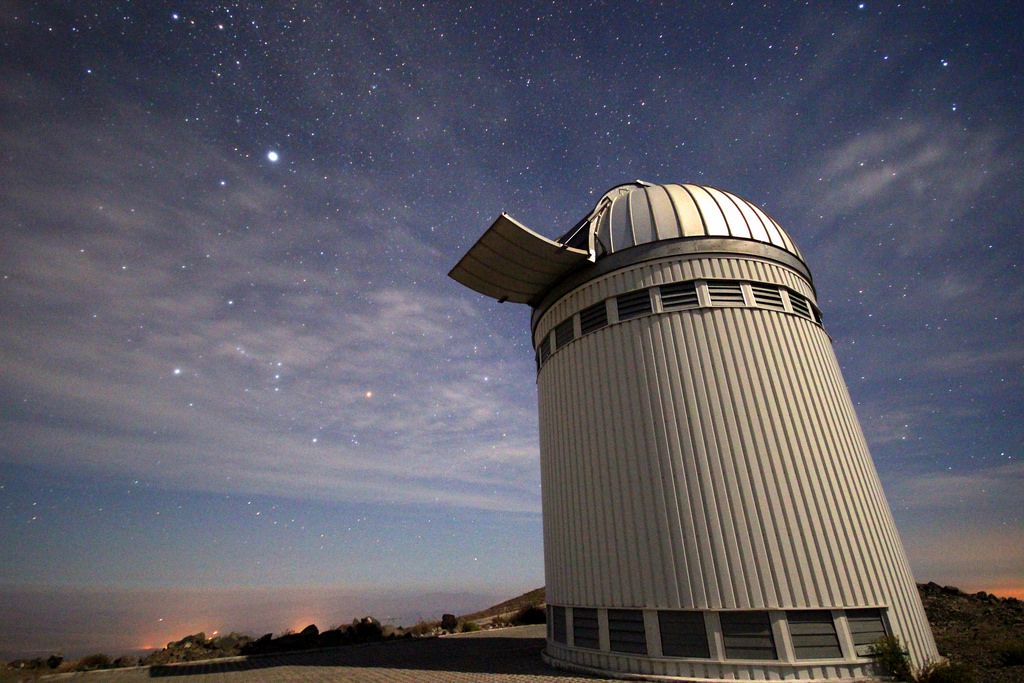
Magellan Telescope
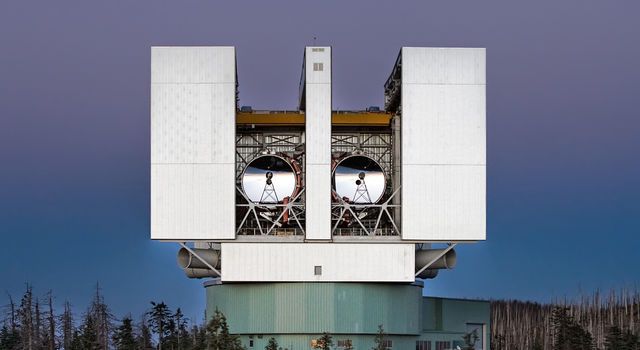
Binocular Telescope
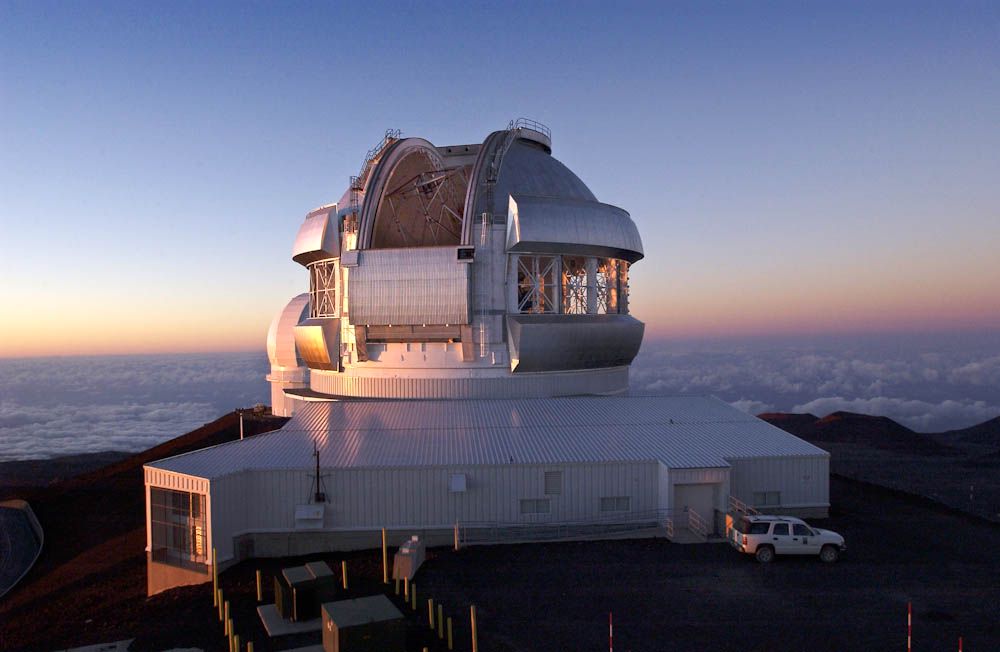
Gemini North Telescope
First of all, this object was found using one of the Magellan Telescopes at Las Campanas Observatory in Chile and the Large Binocular Telescope in Arizona as well as the Gemini North telescope in Hawaii, so the results have been verified.
My take on this is that this new observational data sheds more light on the universe's early periods after the Big Bang. One of the theories of how supermassive black holes formed so quickly is that early stars that formed after the Big Bang were so large they collapsed directly into black holes without going supernova. These early stars were thousands of time larger than our sun. If they formed close together it would be expected that they would eventually combine to form supermassive black holes, which are needed to form galaxies.
Thanks for reading.
Bạn đang đọc truyện trên: Truyen247.Pro